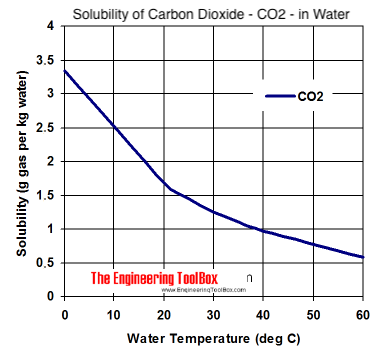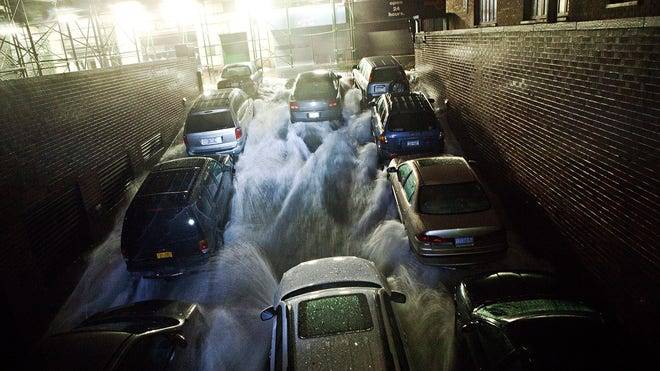SSDD
Gold Member
- Nov 6, 2012
- 16,672
- 1,966
- 280
A new study by Ole Humlum, Kjell Stordahl, and Jan-Erik Solheim, published in the journal Global and Planetary Change finds that (surprise surprise) CO2 follows changes in temperature as opposed to the common belief by warmists that CO2 drives temperatures. This study finds the lag between temperature and changes in atmospheric CO2 holds true on the millineum, century, yearly, and monthly time scales.
ScienceDirect.com - Global and Planetary Change - The phase relation between atmospheric carbon dioxide and global temperature
Sad that this would actually require a study since ice cores have been telling us this very thing for decades in spite of the beliefs and wishes of warmists.
ScienceDirect.com - Global and Planetary Change - The phase relation between atmospheric carbon dioxide and global temperature
Sad that this would actually require a study since ice cores have been telling us this very thing for decades in spite of the beliefs and wishes of warmists.
Last edited:





